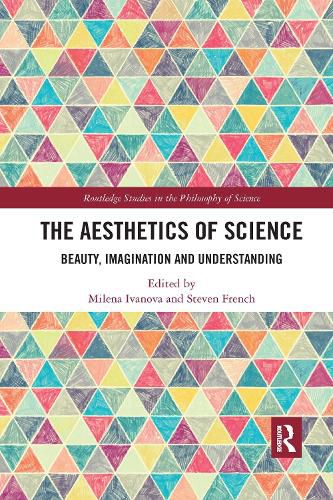Readings Newsletter
Become a Readings Member to make your shopping experience even easier.
Sign in or sign up for free!
You’re not far away from qualifying for FREE standard shipping within Australia
You’ve qualified for FREE standard shipping within Australia
The cart is loading…






This volume builds on two recent developments in philosophy on the relationship between art and science: the notion of representation and the role of values in theory choice and the development of scientific theories. Its aim is to address questions regarding scientific creativity and imagination, the status of scientific performances-such as thought experiments and visual aids-and the role of aesthetic considerations in the context of discovery and justification of scientific theories.
Several contributions focus on the concept of beauty as employed by practising scientists, the aesthetic factors at play in science and their role in decision making. Other essays address the question of scientific creativity and how aesthetic judgment resolves the problem of theory choice by employing aesthetic criteria and incorporating insights from both objectivism and subjectivism. The volume also features original perspectives on the role of the sublime in science and sheds light on the empirical work studying the experience of the sublime in science and its relation to the experience of understanding.
The Aesthetics of Science tackles these topics from a variety of novel and thought-provoking angles. It will be of interest to researchers and advanced students in philosophy of science and aesthetics, as well as other subdisciplines such as epistemology and philosophy of mathematics.
$9.00 standard shipping within Australia
FREE standard shipping within Australia for orders over $100.00
Express & International shipping calculated at checkout
This volume builds on two recent developments in philosophy on the relationship between art and science: the notion of representation and the role of values in theory choice and the development of scientific theories. Its aim is to address questions regarding scientific creativity and imagination, the status of scientific performances-such as thought experiments and visual aids-and the role of aesthetic considerations in the context of discovery and justification of scientific theories.
Several contributions focus on the concept of beauty as employed by practising scientists, the aesthetic factors at play in science and their role in decision making. Other essays address the question of scientific creativity and how aesthetic judgment resolves the problem of theory choice by employing aesthetic criteria and incorporating insights from both objectivism and subjectivism. The volume also features original perspectives on the role of the sublime in science and sheds light on the empirical work studying the experience of the sublime in science and its relation to the experience of understanding.
The Aesthetics of Science tackles these topics from a variety of novel and thought-provoking angles. It will be of interest to researchers and advanced students in philosophy of science and aesthetics, as well as other subdisciplines such as epistemology and philosophy of mathematics.